Kraken & Deep-Sea Fantasies: The Call of Cthulhu
Kraken & Deep-Sea Fantasies: The Call of Cthulhu
📖 Reading time: 8 minutes
Why We Chase the Deep
Picture this: storm clouds gather above a creaking ship. Waves rise like mountains. Below the surface, something vast stirs—tentacles longer than masts, eyes that have never seen sunlight, a presence so immense it makes human concerns feel weightless. This is the pull of deep-sea lore: the oldest stories we tell about surrendering to forces larger than ourselves, about mysteries that live where light cannot reach.
From Scandinavian sailors whispering about the Kraken to H. P. Lovecraft's cosmic horror tales, from cutting-edge marine biology documentaries to blockbuster video games, tentacled imagery captivates us across cultures and centuries. Today, that fascination extends beyond books and screens into fantasy play—safe, consensual exploration of themes around scale, surrender, curiosity, and the beautiful strangeness of the unknown. This guide walks through the cultural touchstones, the real science, the pop-culture currents, and the psychology behind why deep-sea fantasies endure—plus how curious adults explore them safely, respectfully, and on their own terms.
Quick Answer: The Kraken (legendary Scandinavian sea monster) and Cthulhu (H. P. Lovecraft's cosmic entity from 1928) tap into timeless human fascination with oceanic mystery, scale, and the unknown. Real giant and colossal squid add scientific wonder to the mythology. Today, people explore tentacle themes through games, roleplay, and fantasy toys—always prioritizing consent, body-safe materials like platinum-cure silicone, and clear communication.
📋 On This Page
Lore 101: Kraken vs. Cthulhu
Before tentacled imagery became a mainstay of fantasy culture, it emerged from two very different sources: ancient maritime legend and early 20th-century horror fiction.
Quick Definitions
Kraken: A legendary Scandinavian sea monster—often imagined as a colossal cephalopod—that supposedly attacked ships and dragged sailors into the depths. Likely inspired by rare sightings of giant squid. The myth dates back centuries in Norse and Norwegian folklore.
Cthulhu: A tentacled cosmic entity created by H. P. Lovecraft in his 1928 short story "The Call of Cthulhu." Part of the broader Cthulhu Mythos, Cthulhu represents cosmic horror—the idea that humans are insignificant specks in an unknowable universe. The creature lies dormant in the sunken city of R'lyeh, waiting to awaken.
The Kraken: Folklore Meets Real Biology
Scandinavian sailors told stories of the Kraken for centuries—a massive creature capable of capsizing entire ships, its tentacles rising from the deep to snatch men from the deck. These tales likely originated from encounters with giant squid, creatures large enough to leave lasting impressions but rare enough to remain mysterious. Norwegian naturalist Erik Pontoppidan described the Kraken in his 1755 work as a creature "the size of a floating island," cementing the myth in European consciousness.
The Kraken persisted because it gave shape to sailors' very real fears: the ocean is vast, unpredictable, and largely unknowable. If waves could destroy ships, why not imagine something with intent beneath them? The myth wasn't about a specific monster—it was about the terror and awe of surrendering to forces beyond human control. Today, kraken-inspired designs channel that same sense of scale and oceanic mystery into fantasy play.
Cthulhu: Lovecraft's Cosmic Dread
H. P. Lovecraft's "The Call of Cthulhu" transformed tentacled imagery from maritime peril into existential horror. Published in 1928, the story introduced Cthulhu as an ancient, godlike being whose very existence renders human concerns meaningless. Lovecraft's cosmic horror philosophy argued that the universe is indifferent to humanity—and that glimpsing the true scale of reality would drive people mad.
Cthulhu isn't evil in a human sense; it simply exists beyond our understanding. The creature lies sleeping in the submerged city of R'lyeh in the South Pacific, waiting. Cultists chant "Ph'nglui mglw'nafh Cthulhu R'lyeh wgah'nagl fhtagn" ("In his house at R'lyeh, dead Cthulhu waits dreaming"). It's a story about insignificance—about how small we are when measured against the unknown.
| Aspect | Kraken (Myth) | Cthulhu (Fiction) | Real Squid (Science) |
|---|---|---|---|
| Origin | Scandinavian folklore, pre-18th century | H. P. Lovecraft, 1928 | Marine biology; sighted rarely since 19th century |
| Symbolism | Oceanic peril; nature's power | Cosmic insignificance; the unknowable | Biodiversity; deep-sea mystery |
| Intent/Motive | Territorial defense or hunger | Beyond human comprehension | Survival in the abyss |
| Cultural Role | Cautionary maritime tales | Philosophical horror; pop culture icon | Scientific fascination; conservation |
Why These Archetypes Persist
Both the Kraken and Cthulhu endure because they tap into something primal: the mix of fear and fascination we feel toward the unknown. The ocean covers 70% of Earth's surface, yet we've explored less than 20% of it. That gap between what we know and what we don't creates space for imagination—and for the stories we tell about surrender, scale, and mystery.
Science Break: Real Giants Below
Behind the myths and fiction live actual creatures that fuel our oceanic imagination: giant squid and colossal squid, the largest invertebrates on Earth.
Giant Squid (Architeuthis dux)
Giant squid can reach total lengths exceeding 40 feet (12 meters), with tentacles making up much of that length. They inhabit deep ocean zones—typically 1,000 to 3,000 feet (300-900 meters) below the surface—where light barely penetrates. For centuries, we knew them only from carcasses washed ashore or found in sperm whale stomachs. Live footage remained elusive until 2004, when Japanese researchers captured the first images of a giant squid in its natural habitat. Even now, sightings are extraordinarily rare.
Colossal Squid (Mesonychoteuthis hamiltoni)
Colossal squid are shorter than giant squid but significantly heavier—specimens weigh up to 1,100 pounds (500 kg). Their tentacles feature rotating hooks in addition to suckers, and their eyes are the largest in the animal kingdom (up to 11 inches / 28 cm in diameter), adapted for the near-total darkness of the Southern Ocean's abyssal zones. We've recovered only a handful of intact specimens, most from the stomachs of Antarctic sperm whales.
Why Deep-Sea Biology Captivates
Real cephalopods don't need embellishment—they're already extraordinary. Bioluminescence, camouflage that changes in milliseconds, intelligence that rivals some mammals, and survival strategies for environments humans can barely imagine. Organizations like NOAA and the Smithsonian continue deep-sea expeditions, revealing creatures that look more alien than anything fiction conjures. The rarity of encounters keeps curiosity high: we know these animals exist, but we've barely begun to understand them.
This is the power of real biology—it gives weight to myth and context to fiction. When we explore tentacled themes in fantasy play, we're channeling centuries of human wonder at the ocean's mysteries and the creatures that call it home.
Pop Culture Current: Games, Sports, Spirits
Tentacled imagery doesn't just live in old tales and academic papers—it's woven throughout modern pop culture, offering safe, SFW entry points into the theme.
🎮 DREDGE
Cozy-meets-creepy fishing game where you explore fog-shrouded waters, uncover oceanic mysteries, and encounter eldritch creatures. Perfect blend of relaxation and cosmic dread.
🌊 Subnautica
Survival game set on an alien ocean planet. Explore bioluminescent depths, encounter massive leviathans, and feel the scale of the unknown—beautiful and terrifying.
🎲 Call of Cthulhu (Tabletop RPG)
Chaosium's investigative horror game lets players collaboratively explore Lovecraftian mysteries. Emphasis on storytelling, suspense, and sanity mechanics.
🏴☠️ Sea of Thieves
Multiplayer pirate adventure featuring dramatic kraken encounters—tentacles burst from the water to attack your ship, requiring teamwork to survive.
🏒 Seattle Kraken
NHL team that brought tentacled branding to mainstream sports. Logo features an "S" formed by a kraken tentacle—making oceanic mythology family-friendly.
🥃 Kraken Rum
Dark spiced rum with distinctive kraken imagery on the bottle. Playful branding that makes mythological references accessible in lifestyle contexts.
These touchpoints matter because they normalize tentacled themes outside of adult contexts. Someone can enjoy a DREDGE playthrough, follow the Seattle Kraken, or mix a Kraken Rum cocktail without any connection to fantasy play—but these cultural references also create a vocabulary for those who do want to explore deeper.
Psychology of Fantasy
Why do tentacle themes resonate so powerfully in fantasy play? The answer lies in what these images represent psychologically.
Appeal Drivers: Scale, Surrender, Safe Danger
Scale and insignificance: Tentacled creatures represent forces larger than ourselves—both literally (kraken, colossal squid) and metaphorically (cosmic unknowable entities). In fantasy contexts, exploring that scale difference becomes a way to safely experience surrender and vulnerability.
Mystery and the unknown: The deep ocean is Earth's last great unexplored frontier. Tentacle imagery channels that curiosity—the thrill of encountering something strange, beautiful, and just beyond full understanding.
Texture and sensation: Cephalopods feature unique anatomical textures—suckers, ridges, flexibility—that translate into fantasy play as opportunities for new sensations. The visual and tactile unfamiliarity becomes part of the appeal.
"Safe danger": Fantasy allows us to explore primal fears (being overwhelmed, losing control) in controlled environments where we set the boundaries. It's the same psychology that makes horror movies enjoyable—experiencing intensity we can stop whenever we choose.
Normalizing Fantasy: It's Common and Healthy
Fantasies about scale, surrender, and the unknown are remarkably common. Research on sexual fantasy consistently shows that people imagine scenarios far beyond their real-life experiences or desires. What matters isn't the fantasy itself—it's how we explore it.
Healthy fantasy exploration requires:
- Consent: All participants enthusiastically agree before, during, and after
- Clear boundaries: Discuss what's on the table and what isn't, ideally before you're in the moment
- Safewords: Establish a clear way to pause or stop—traffic light system (red/yellow/green) works well
- Aftercare: Time to reconnect, discuss the experience, and provide comfort or reassurance as needed
Fantasy is where we make the unknown feel safe. With communication and respect, tentacle themes become another way to explore creativity, sensation, and connection.
From Lore to Bedroom: A Gentle Bridge
How do you translate oceanic mystery and cosmic awe into real-world fantasy exploration? It starts with mood, story, and props—toys optional.
Setting the Scene: Ambiance and Atmosphere
Lighting: Dim blue or teal lighting mimics underwater environments. LED strips, color-changing bulbs, or even blue cellophane over lamps create instant mood without elaborate setup.
Sound: Ocean soundscapes—waves, whale songs, distant creaks and groans—immerse you in the theme. Apps like myNoise or YouTube offer hours of ambient tracks. For Lovecraftian vibes, add eerie synth or drone music.
Fabrics and textures: Silk sheets, satin robes, or wet-look fabrics evoke the slickness of water and tentacles. These elements engage senses beyond sight—temperature, texture, weight.
Roleplay Prompts: Story Before Sensation
The Lighthouse Keeper: One partner signals into the dark (metaphorically or literally with a flashlight), calling something from the depths. The other emerges as the responder—mysterious, curious, overwhelming. Pre-agree on cues: three blinks means check-in, turning away means pause.
Researcher and Specimen: One plays the marine biologist encountering an unknown creature (the other partner). This dynamic allows for "observation," gentle exploration, and power exchange—with clear scripts about consent. Props like gloves, labels, and clipboards make the scene feel real while staying playful.
Cult Ritual (Lovecraft-inspired): Create a ritual atmosphere—candles, chanting (real or made-up phrases), dramatic declarations. One partner "summons" the other. This works well for theatrical types who enjoy performance alongside intimacy.
💡 Roleplay Safety Tip
Establish safewords before you start. The traffic light system works well: Green = all good, Yellow = slow down or check in, Red = stop immediately. Practice using them in low-stakes moments so they feel natural when it matters.
Incorporating Props and Toys (If Desired)
Fantasy toys can enhance thematic play—but they're not required. If you choose to explore this route, prioritize body-safe materials and features that match your comfort level:
- Textures: Ridges, suckers, and organic shapes echo cephalopod anatomy without being literal
- Suction-cup bases: Allow hands-free positioning and angle experimentation
- Harness compatibility: Enables partnered use for those interested in strap-on play
- Graduated sizing: Start small and increase gradually—comfort always comes first
TheDildoHub offers fantasy designs in body-safe platinum-cure silicone, with discreet billing and fast shipping from California. These toys complement the themes we've discussed—mystery, texture, scale—but they're tools, not requirements. The fantasy lives in your imagination first.
Safety, Materials & Care
If you choose to incorporate fantasy toys into your exploration, material safety and proper care are non-negotiable.
Body-Safe Material: Platinum-Cure Silicone
Why silicone matters: Platinum-cure (medical-grade) silicone is non-porous, hypoallergenic, and durable. It won't harbor bacteria, doesn't degrade over time, and tolerates thorough cleaning. Always verify products specify "platinum-cure" or "medical-grade" silicone—generic "silicone blend" may include unsafe fillers.
Lube compatibility: Pair platinum-cure silicone toys with water-based lubricant. Silicone-based lube can degrade silicone toys over time. Water-based lube rinses clean easily and poses no material compatibility issues.
Cleaning Textured Fantasy Toys
Fantasy toys often feature elaborate textures—ridges, suckers, spirals—that require extra attention during cleaning:
✓ Cleaning Protocol
- Rinse immediately after use with warm water
- Apply mild, unscented soap—work into all texture details with fingers or soft brush
- Rinse thoroughly until no soap residue remains
- Dry completely with clean towel or air-dry on dedicated drying rack
- Store separately from other toys—silicone can react with other materials
- If sharing toys, use condoms over them or thoroughly sanitize between uses
Additional Safety Notes
Patch testing: If you have sensitive skin or allergies, patch-test new lubricants on your inner forearm before use. Wait 20 minutes—if no redness or itching appears, proceed.
Size and pacing: Fantasy toys often look dramatic—prioritize comfort over appearance. Start smaller than you think you need, use generous lube, and increase gradually. There's no prize for rushing.
Hygiene: Never share toys between partners without thorough cleaning or barrier protection (condoms). Even with non-porous silicone, hygiene protocols protect everyone involved.
What People Mean by "Tentacle/Kraken/Octopus Dildo"
When people search for "tentacle dildo," "kraken dildo," or "octopus dildo," they're looking for fantasy toys inspired by cephalopod anatomy and oceanic mythology—not literal reproductions.
Category Overview
Design elements: These toys typically feature organic shapes with ridges, suckers, tapers, and curves that suggest tentacle movement. Tentacle dildo designs range from naturalistic (blues, greens, purples) to vibrant fantasy gradients. Some include glow-in-the-dark elements or swirled colorways resembling bioluminescence.
Functional features: Most include suction-cup bases for hands-free use and harness compatibility. Textures range from subtle (gentle ridges) to intense (pronounced suckers and spirals). Sizes span beginner-friendly to advanced—always check dimensions before purchasing.
Who These Toys Suit
Solo users: Suction-cup bases allow positioning on flat surfaces for hands-free exploration. Textures provide varied sensations that static toys can't match.
Partnered play: Harness-compatible designs work for strap-on use. The visual drama of tentacle shapes enhances roleplay scenarios.
Fantasy enthusiasts: Collectors appreciate these designs as art pieces—beautifully crafted, conversation-starting (in the right contexts), and functional.
Cosplay and performance: Some users incorporate fantasy toys into broader creative projects—cosplay photoshoots, creative storytelling, or thematic performances.
ℹ️ Inclusive, Shame-Free Approach
Fantasy toy exploration is valid regardless of your gender, orientation, or relationship status. These toys work for anyone curious about texture, fantasy themes, or new sensations. There's no "right" way to engage with them—only what feels authentic and comfortable for you.
Frequently Asked Questions
Key Takeaways
🎯 Key Takeaways
- The Kraken (myth) and Cthulhu (fiction) channel fascination with the unknown: One represents maritime peril and nature's power; the other symbolizes cosmic insignificance and the unknowable. Both endure because they speak to timeless human experiences of awe and surrender.
- Real giant and colossal squid deepen the wonder: These creatures exist at the edge of human knowledge—large enough to fuel imagination, rare enough to remain mysterious. Scientific exploration continues to reveal their remarkable adaptations.
- Tentacled imagery spans culture—from games to sports to lifestyle branding: DREDGE, Subnautica, Call of Cthulhu, Sea of Thieves, the Seattle Kraken, and Kraken Rum all normalize oceanic themes in SFW contexts. These touchpoints create vocabulary for deeper exploration.
- Fantasy about scale, surrender, and mystery is common and normal: What matters is how you explore—with consent, communication, boundaries, and aftercare. Fantasy is where the unknown becomes safe.
- Readers can explore themes through mood, story, and props—toys optional: Lighting, soundscapes, roleplay scenarios, and thematic elements build immersion. Fantasy toys add texture and visual drama but aren't required for meaningful exploration.
- If using toys: prioritize body-safe platinum-cure silicone, water-based lube, and thorough cleaning: Textured designs require extra attention during care. Store toys separately and verify material safety before purchase.
- TheDildoHub offers discreet billing, discreet shipping from California, and a sexy gift with every order: Explore fantasy on your terms with privacy-first service and body-safe materials.
- Curiosity is the compass—start small, communicate clearly, and plan aftercare: There's no rush. Fantasy exploration succeeds when everyone involved feels safe, heard, and respected.
Ready to Chart Your Own Course?
Explore fantasy on your terms with body-safe materials, discreet billing, and fast, discreet shipping from California. Every order at TheDildoHub includes a sexy gift—because curiosity deserves a reward.
🛡️ Platinum-Cure Silicone Guarantee
🚚 Discreet Shipping from California
💳 Discreet Billing—Shows as "Sp Tdh-Br"
📦 Privacy-First, Plain, Unmarked Packaging
🎁 A Sexy Gift with Every Order
💬 Friendly, Judgment-Free US Support
⭐ 4.8/5 Stars on Trustpilot
The deep calls to those who listen. Explore safely. Explore on your terms.


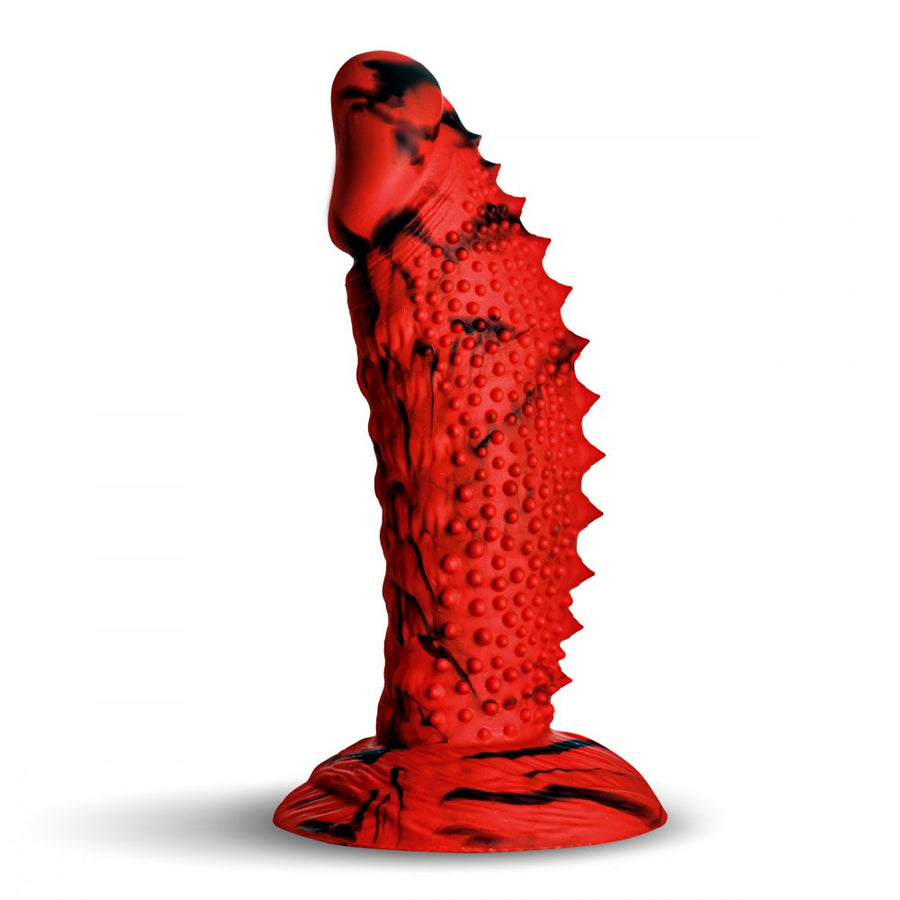
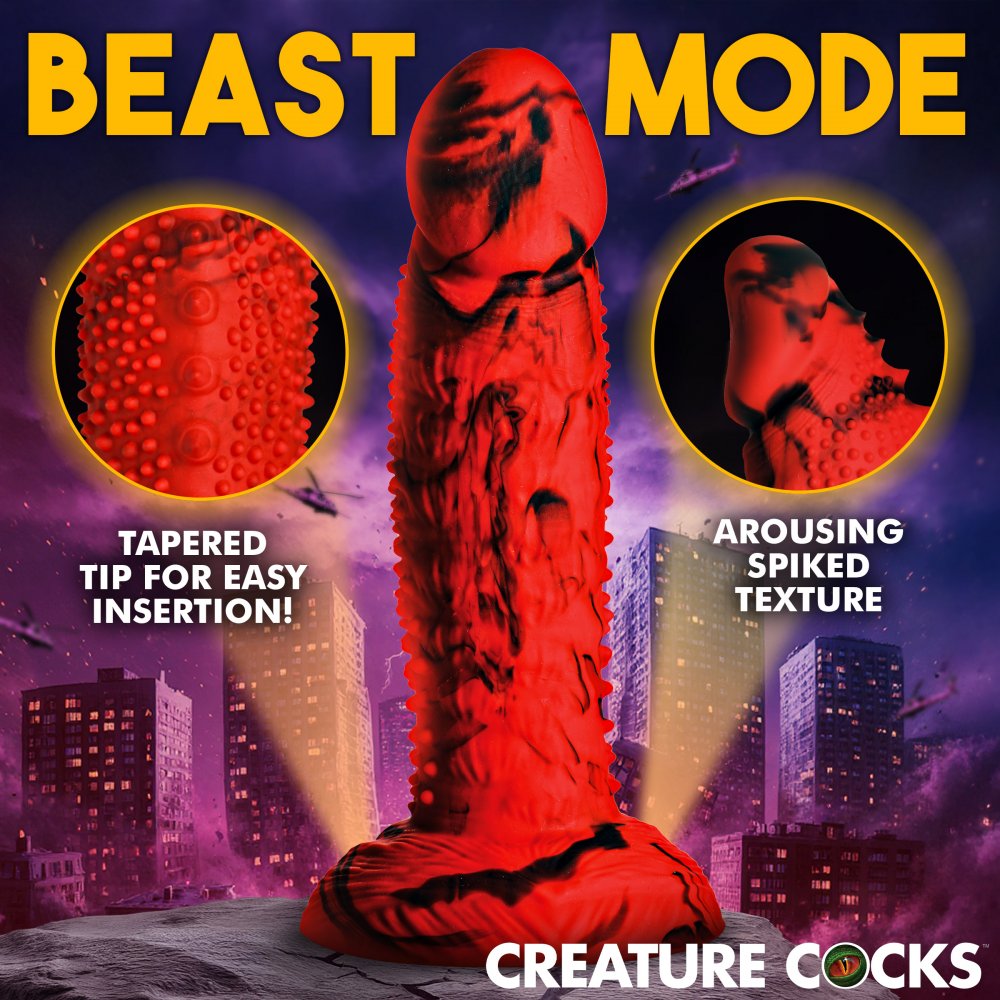
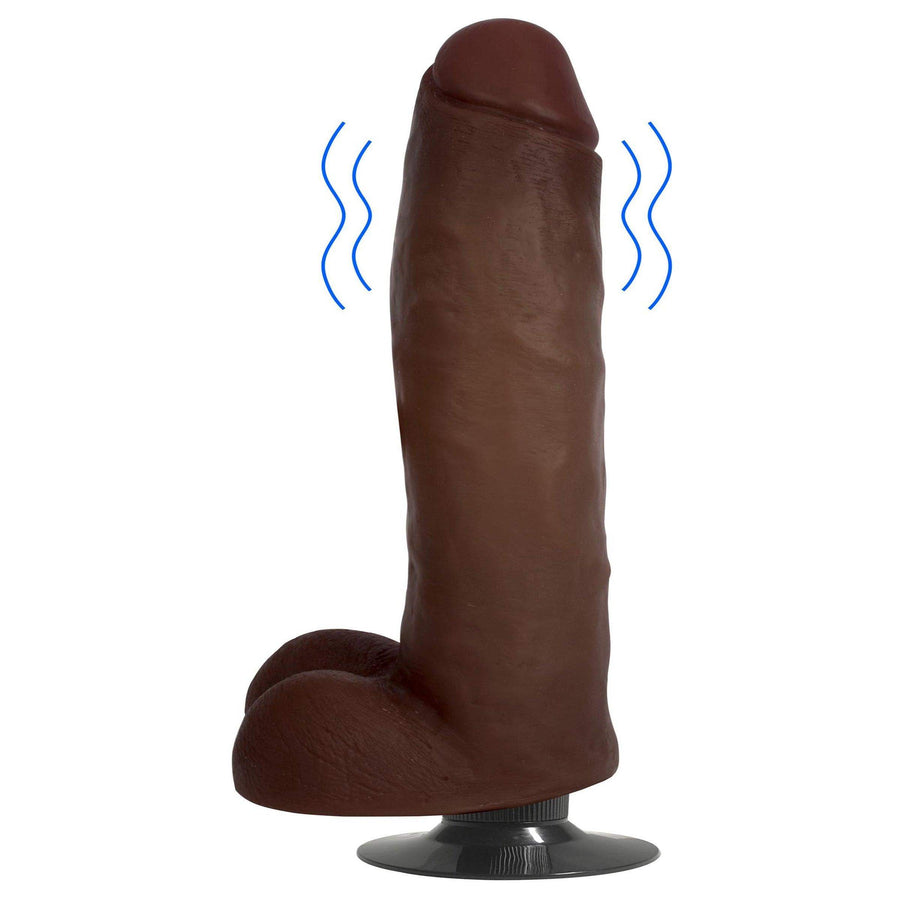

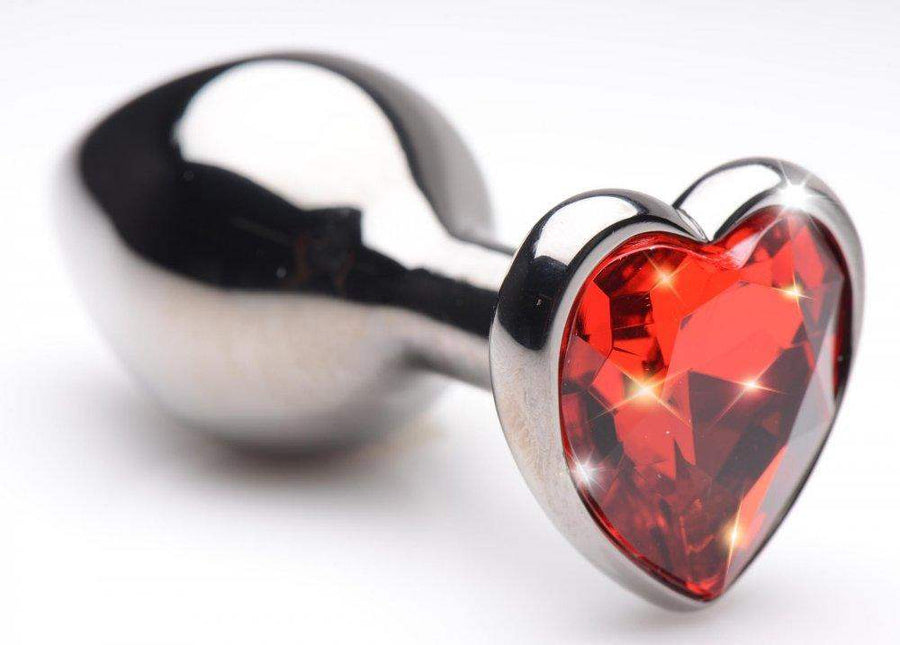


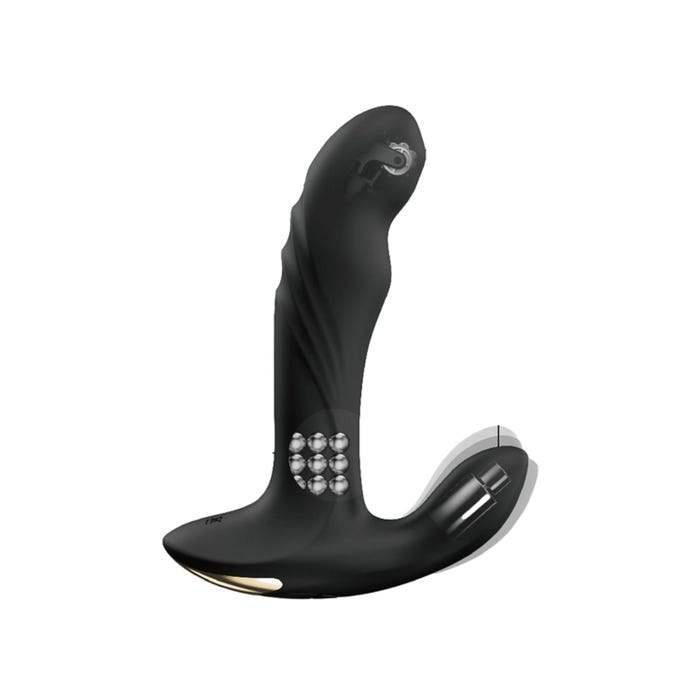



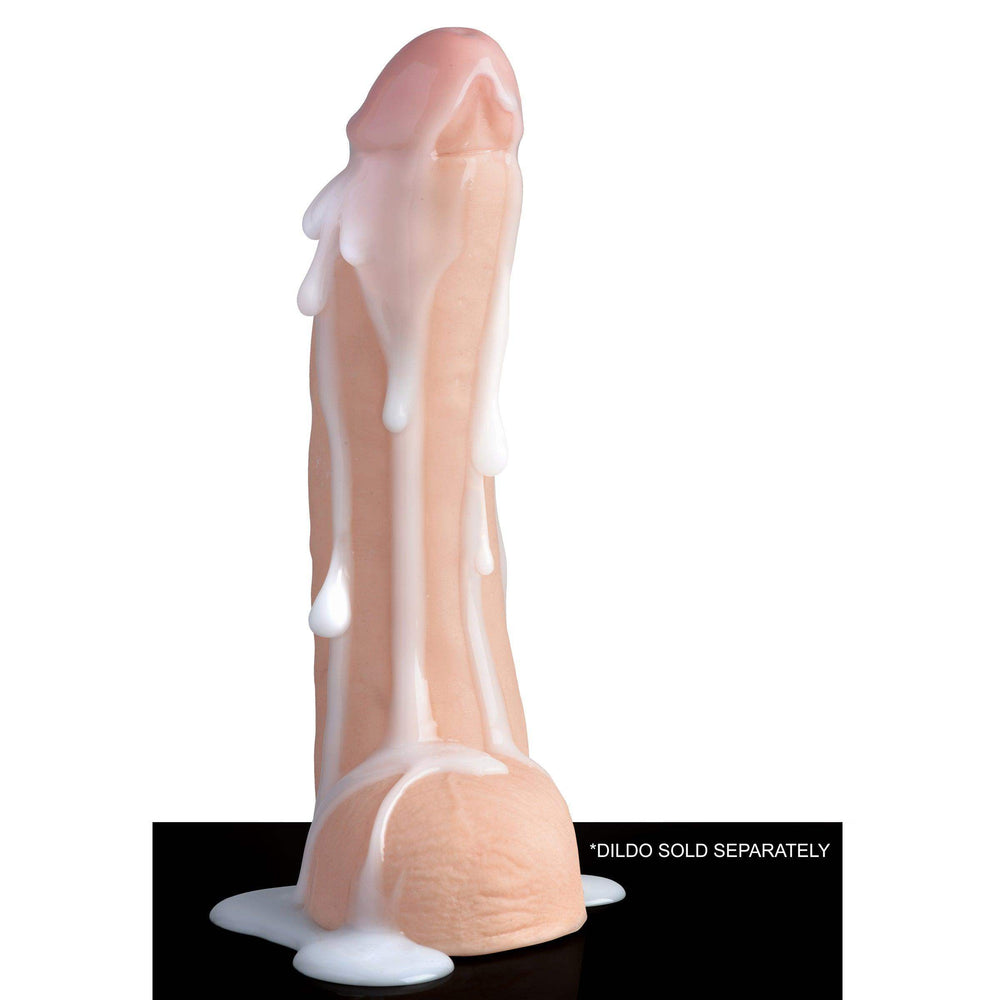




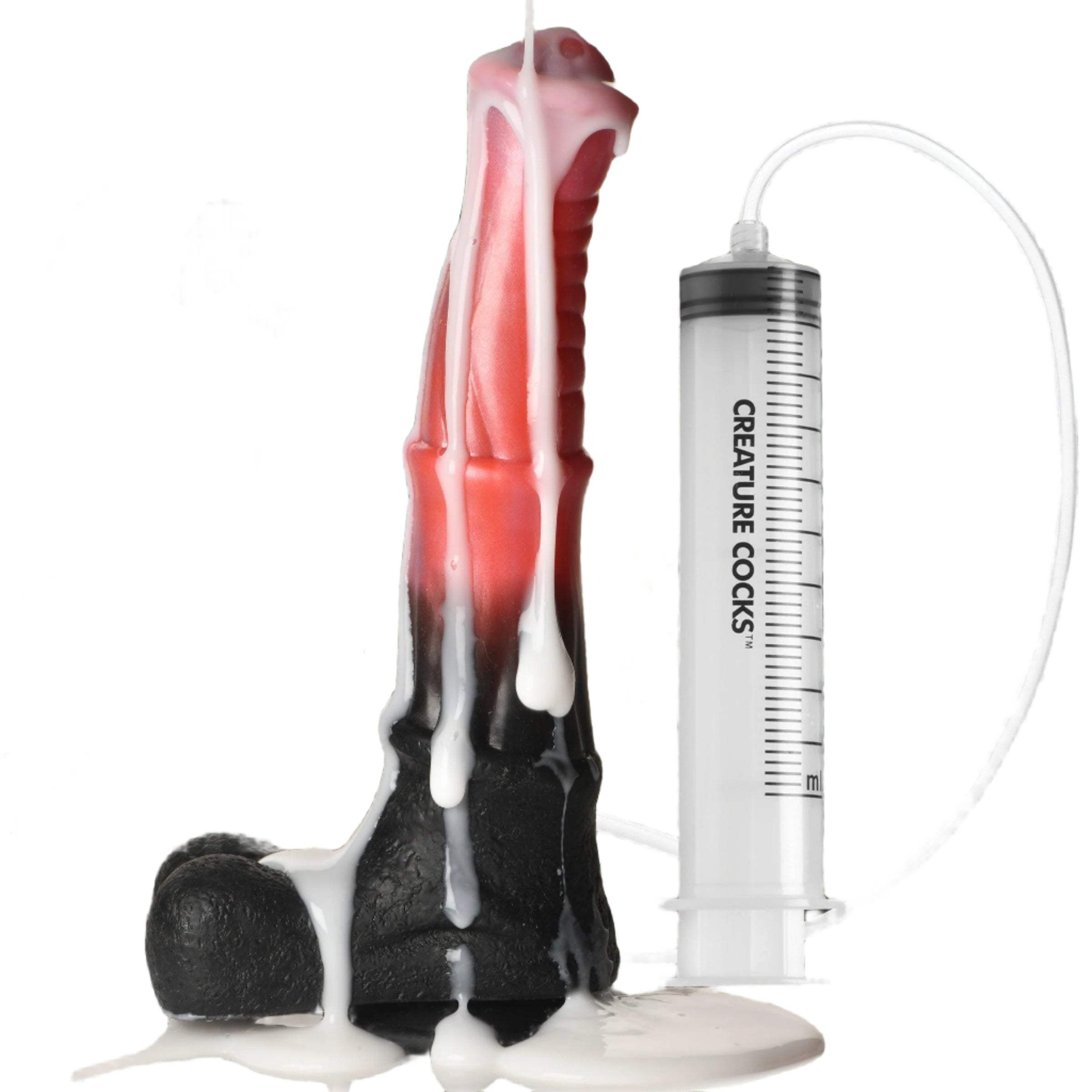
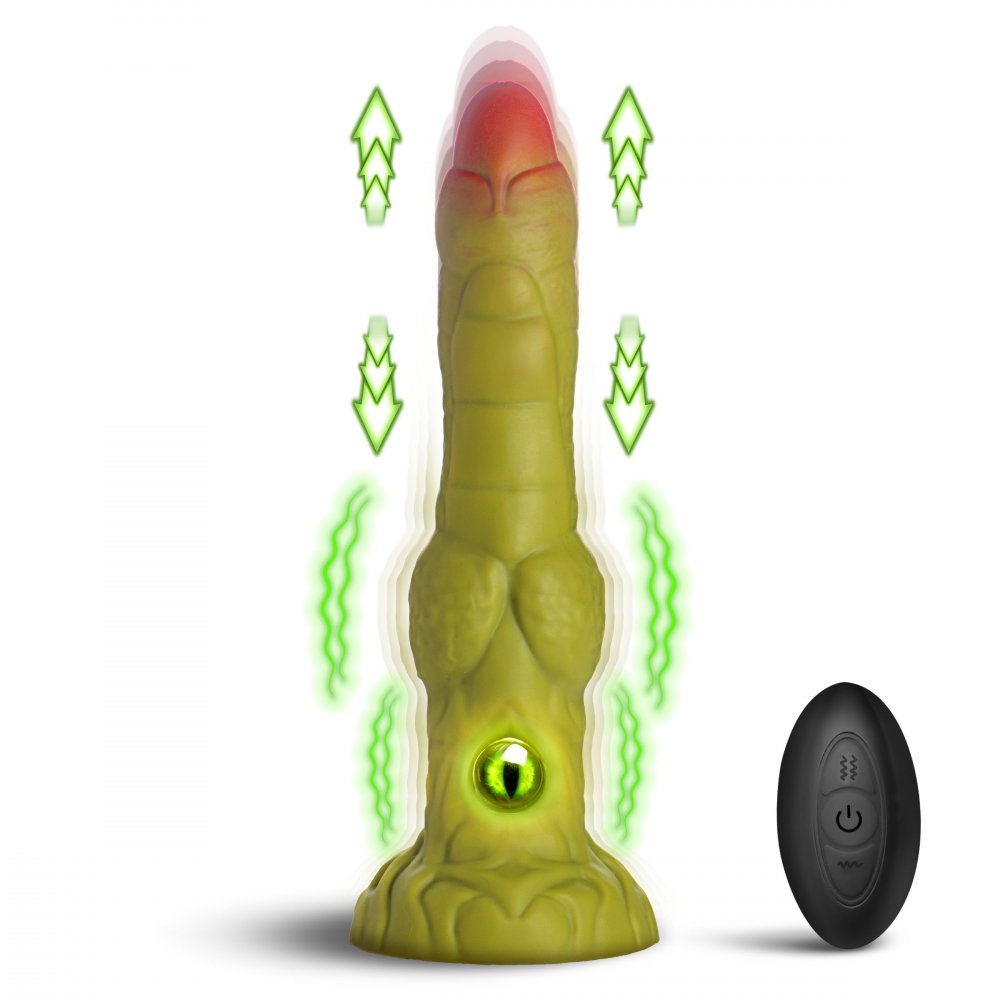
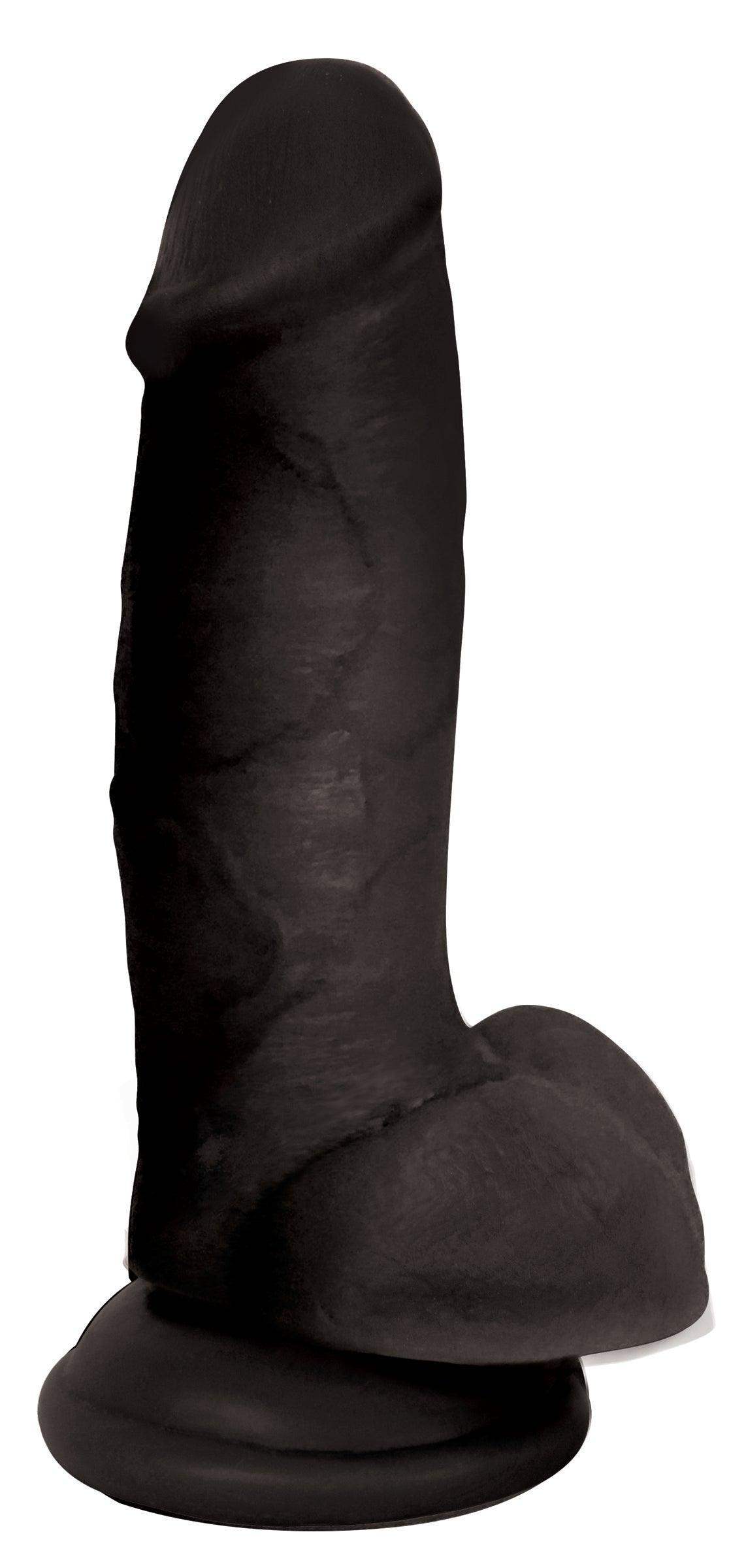




Leave a comment